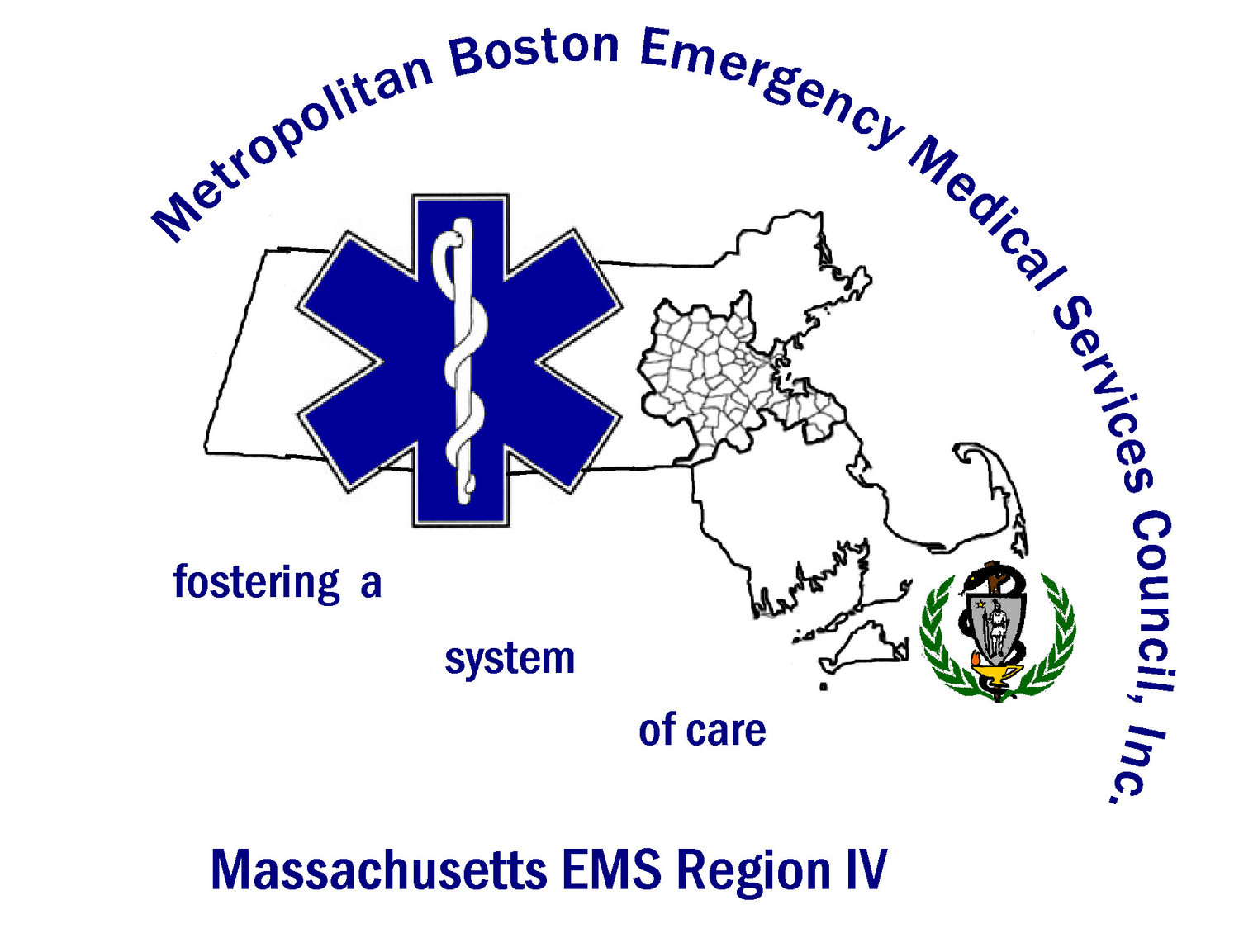COVID-19 Updates - CDC for EMS Personnel
Important updates from the Centers for Disease Control and Prevention (CDC) on interim guidance for EMS personnel who anticipate close contact with individuals with suspected or confirmed novel Coronavirus 2019 (COVID-19) in the course of their work:
The interim guidance has been updated based on currently available information about COVID-19 and the current situation in the United States, which includes reports of cases of community transmission, infections identified in healthcare personnel (HCP), and shortages of facemasks, N95 filtering facepiece respirators (FFRs) (commonly known as N95 respirators), and gowns.
The full guidance is available online at https://www.cdc.gov/coronavirus/2019-ncov/hcp/guidance-for-ems.html. Please share this guidance broadly with EMS personnel working for your ambulance service.
Key points from the guidance updated on March 10, 2020 include the following:
Early reports suggest person-to-person transmission most commonly happens during close exposure to a person infected with COVID-19, primarily via respiratory droplets produced when the infected person coughs or sneezes. Airborne transmission from person-to-person over long distances is unlikely.Based on local and regional situational analysis of PPE supplies, facemasks are an acceptable alternative when the supply chain is limited.When shortages have been identified, available respirators should be prioritized for procedures that are likely to generate respiratory aerosols, which would pose the highest exposure risk to EMS and healthcare personnel.Eye protection, gown, and gloves continue to be recommended. If there are shortages of gowns, they should be prioritized for aerosol-generating procedures, care activities where splashes and sprays are anticipated and high-contact patient care activities that provide opportunities for transfer of pathogens to the hands and clothing of EMS and healthcare personnel. When the supply chain is restored, fit-tested EMS clinicians should return to use of respirators for patients with known or suspected COVID-19. Clean and disinfect the vehicle in accordance with standard operating procedures. All surfaces that may have come in contact with the patient or materials contaminated during patient care should be thoroughly cleaned and disinfected using an EPA-registered hospital grade disinfectant in accordance with the product label.The Environmental Protection Agency (EPA) has updated guidance about recommended EPA-registered disinfectants that meet the criteria for use against SARS-CoV-2, which is posted online at: https://www.epa.gov/pesticide-registration/list-n-disinfectants-use-against-sars-cov-2.

